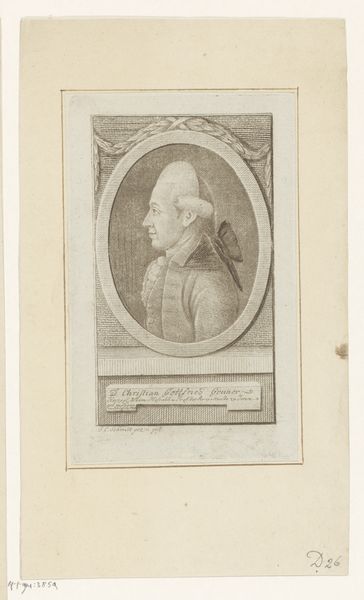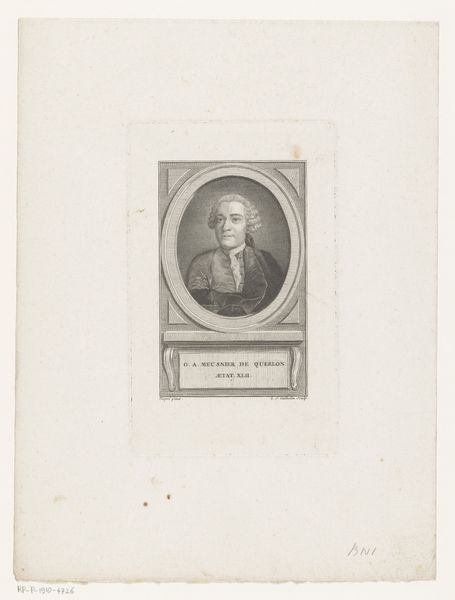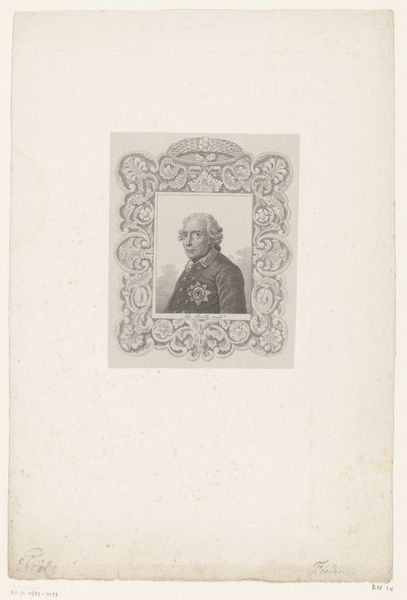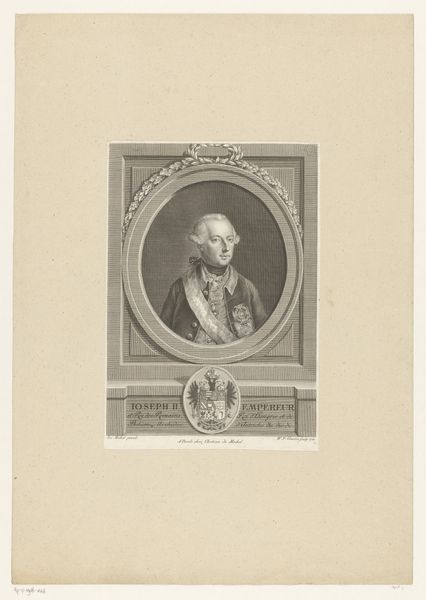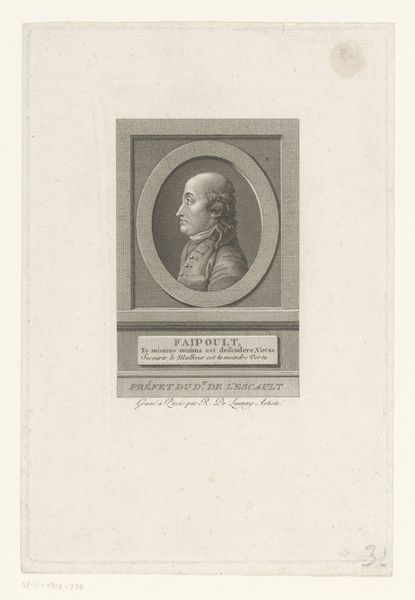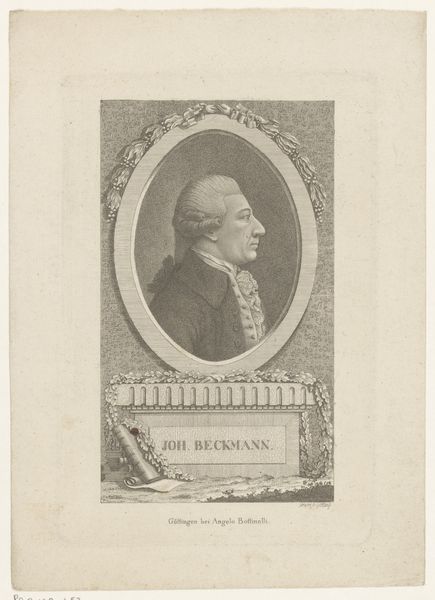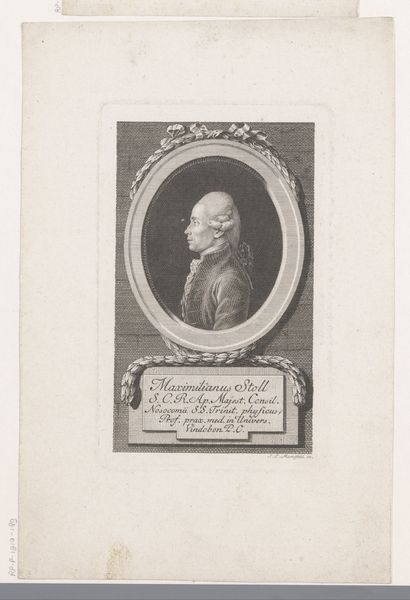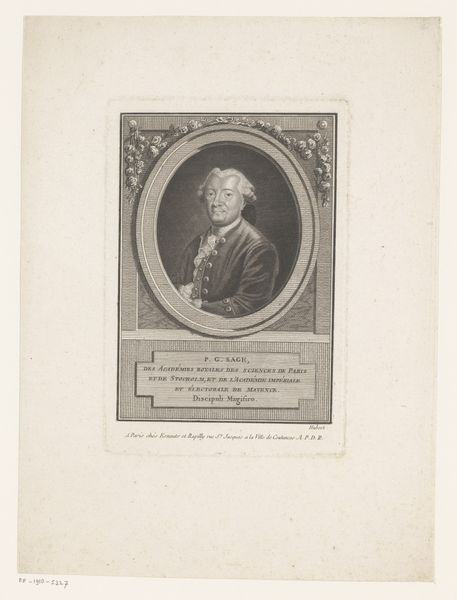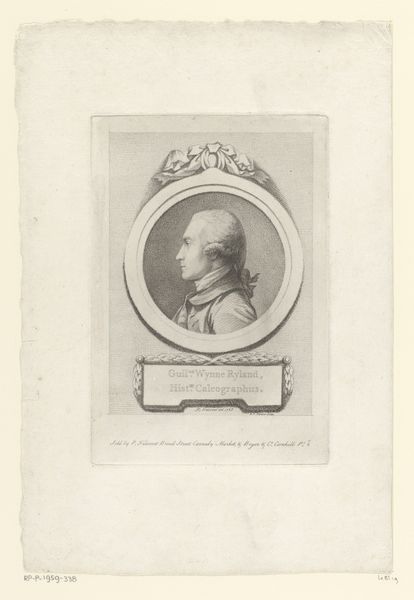
print, engraving
#
portrait
#
neoclacissism
# print
#
engraving
Dimensions: height 161 mm, width 107 mm
Copyright: Rijks Museum: Open Domain
Editor: Here we have a print from 1782, "Portrait of Pope Pius VI," by Joseph Franz Freiherr von Goez. It’s an engraving, and the level of detail achieved through that medium is quite striking. What immediately grabs me is the austere and formal depiction; what can you tell me about this work? Curator: Considering Goez’s materials, this engraving highlights the socio-economic forces at play. The printing process itself involves labor and specialized knowledge, and was designed to disseminate an image of power, control, and wealth. How might the relatively inexpensive nature of printed portraits such as this one challenge or reinforce those established hierarchies? Editor: That's a perspective I hadn’t considered. So, rather than simply viewing it as a portrait, we can explore how the reproduction and distribution of images contribute to shaping power dynamics. Do you see the choice of print and engraving as inherently political then? Curator: The very act of replicating an image speaks to its purpose. The creation of the print allows the image of the Pope to be disseminated more widely than, say, a unique painted portrait would have. Think of who can own it, display it, interpret it... It transforms the work from an object of devotion into something circulating within broader social spheres. Are the labor practices and systems that underpin the production and dissemination of this artwork also something to be critiqued? Editor: Yes, that's fascinating. It changes my understanding of the artwork by emphasizing not just the "what" but also the "how" and "for whom." It prompts questions about access and viewership, ultimately highlighting power structures in the art world itself. Curator: Precisely. It forces us to acknowledge art as an active component in socio-political exchanges. Editor: I've definitely learned to consider art making not just in terms of aesthetics, but also as part of a network of labour, resources and political maneuvering. Curator: Exactly, art exists within broader material and economic relationships, shaping and being shaped by them.
Comments
No comments
Be the first to comment and join the conversation on the ultimate creative platform.
